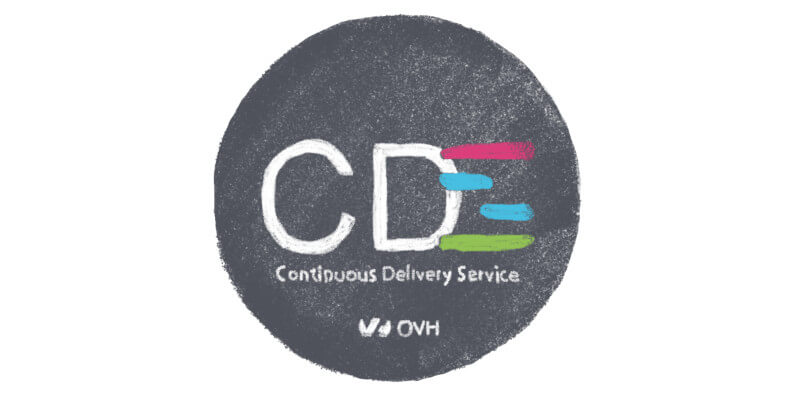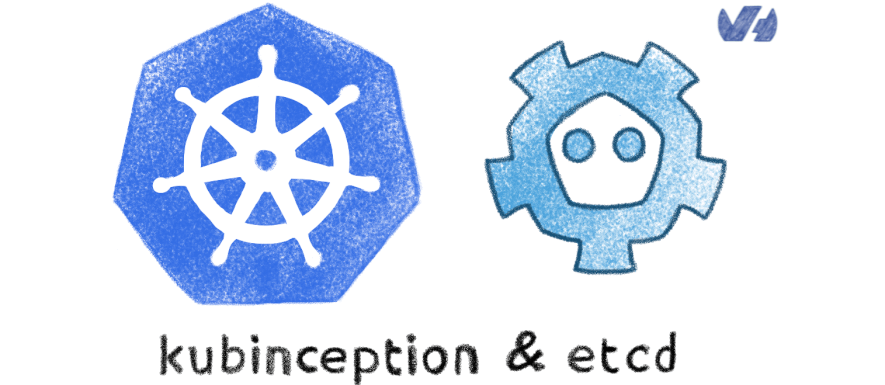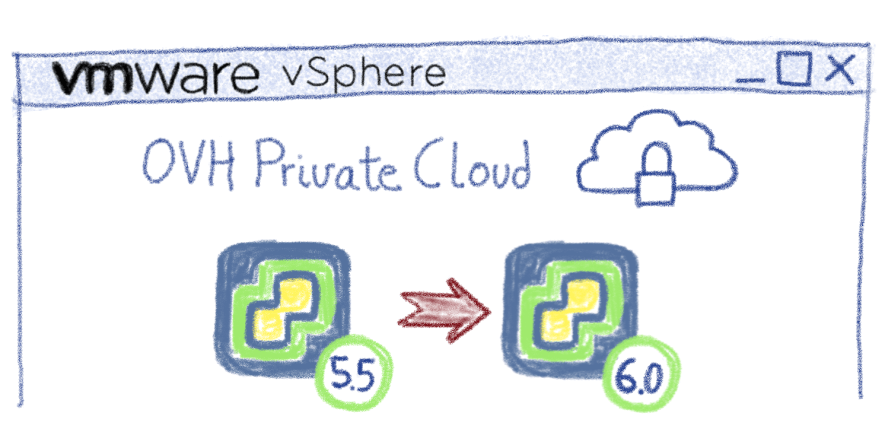The Unexpected Quest for Business Intelligence
Business Intelligence (BI) is the ability to collect substantial data from an information system to feed a Data Warehouse (DWH) or data lake. They usually provide a copy of the data that will be used for BI applications. Different strategies can be applied to feed a DWH. One such strategy is Change Data Capture (CDC), which is the ability to capture changing states from a database, and convert them to events that can be used for other purposes. Most databases are intended for OLTP purposes, and are well designed for this. Nonetheless, different use cases would require the same data with different access patterns. These use cases (big data, ETL, and stream processing, to name a few) mostly fall under the OLAP banner.
OVH, as a cloud provider, manages numerous databases, both for its customers and its own needs. Managing a database lifecycle always involves both keeping the infrastructure up to date, and remaining in synch with the development release cycle, to align the software with its database dependency. For example, an app might require MySQL 5.0, which could then be announced as EOL (End Of Life). In this case the app needs to be modified to support (let’s say) MySQL 5.5. We’re not reinventing the wheel here – this process has been managed by operations and dev teams for decades now.
This becomes trickier if you don’t have control over the application. For example, imagine a third party provides you with an application to ensure encrypted transactions. You have absolutely no control over this application, nor the associated database. Nonetheless, you still need the data from the database.
This blog post relates a similar example we encountered while building the OVH data lake, with the help of an in-house CDC development. This story takes place in early 2015, although I still think it’s worth sharing. 🙂
The Unexpected Quest for Business Intelligence Read More »







